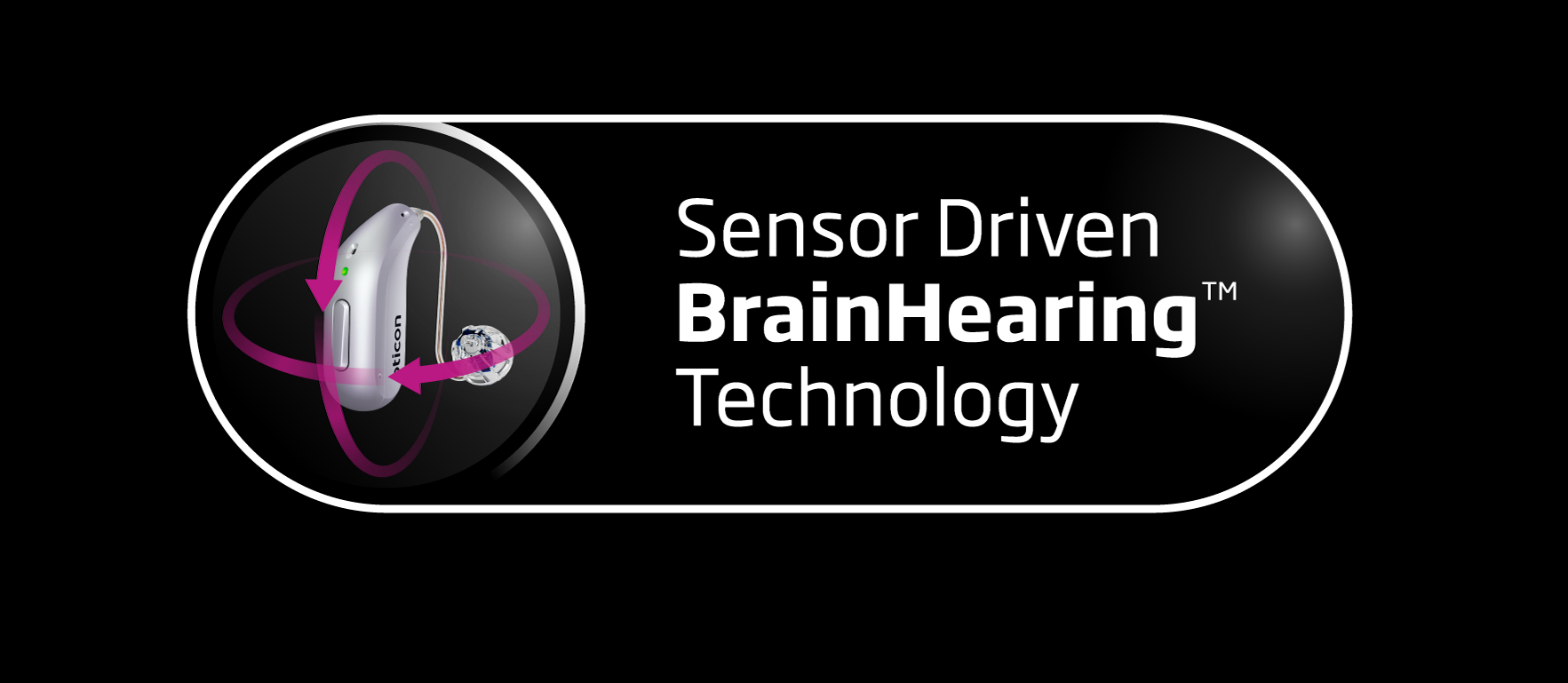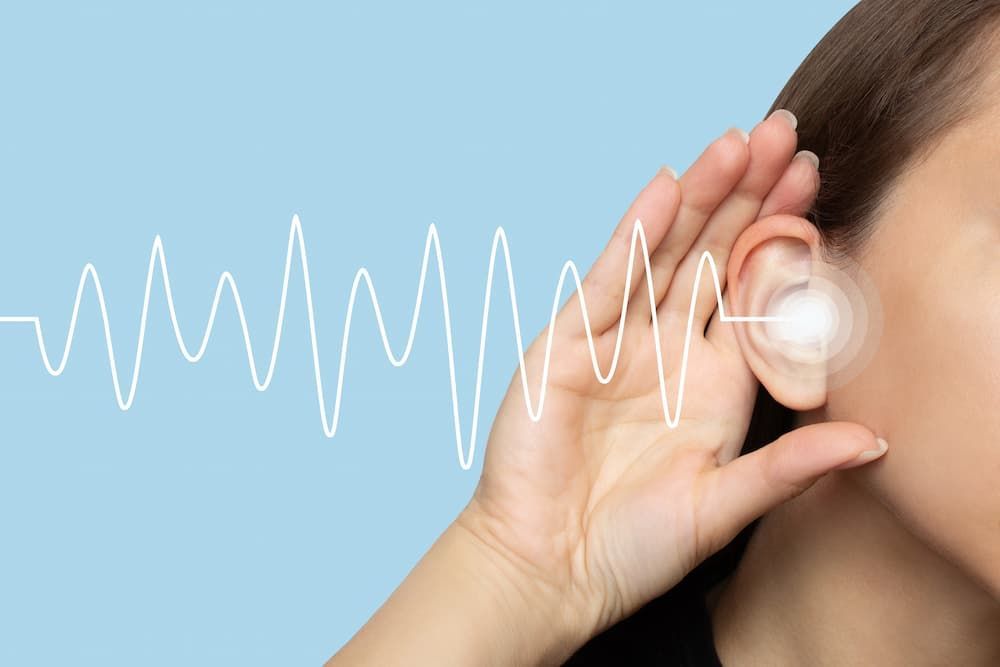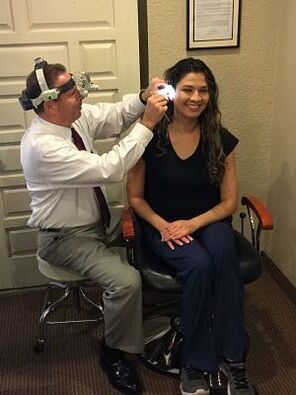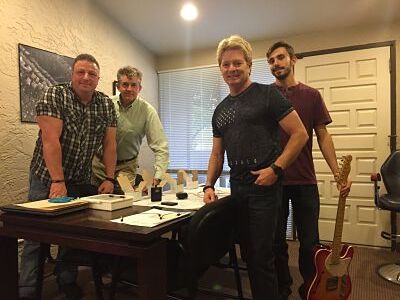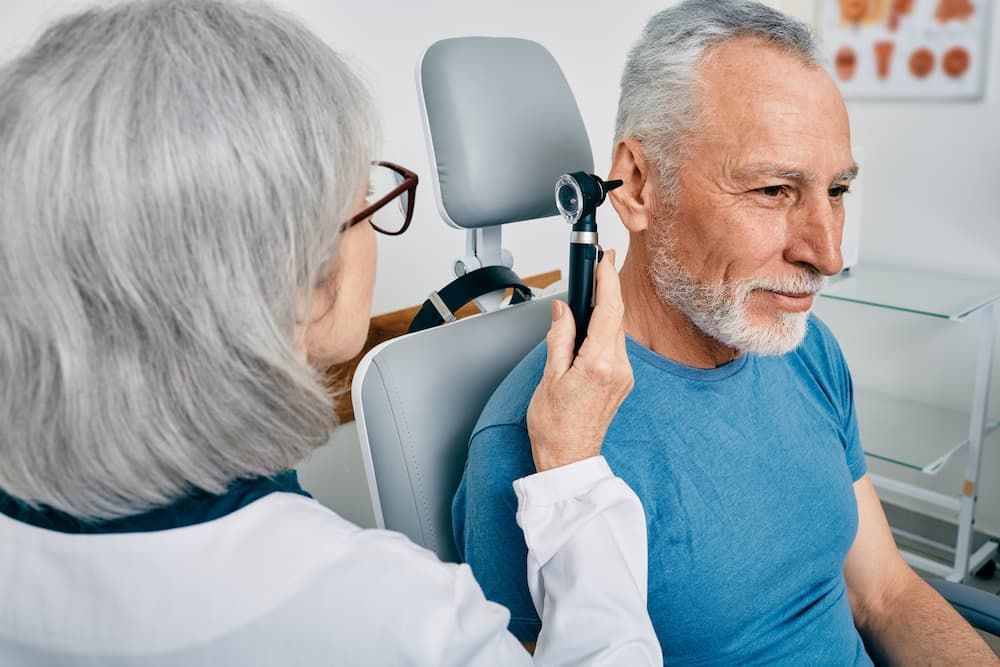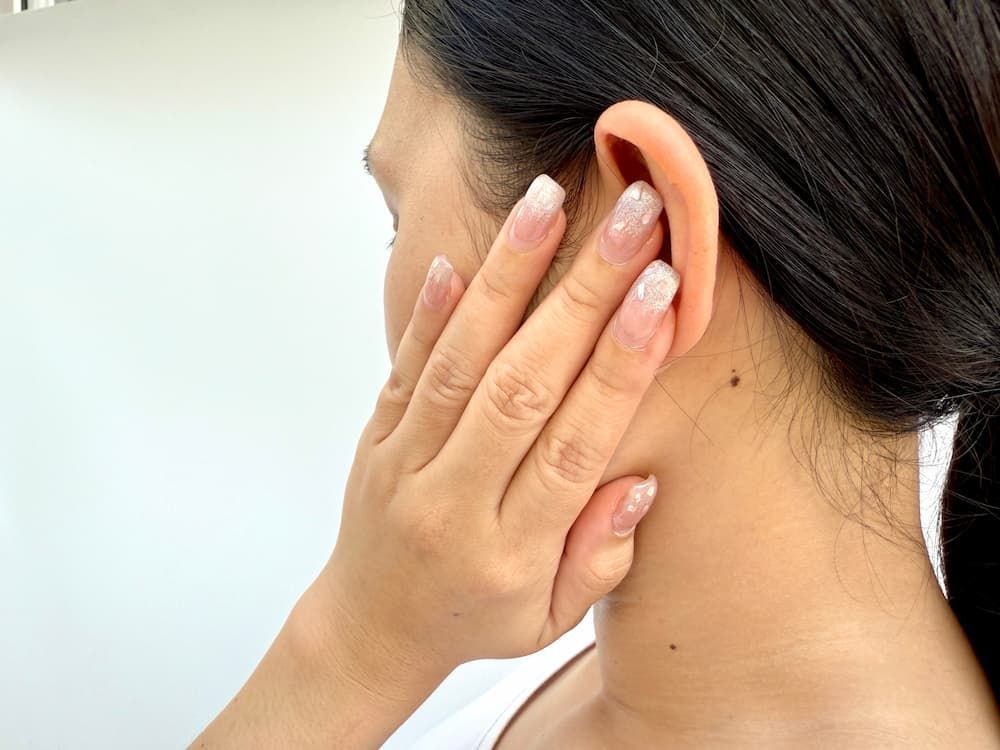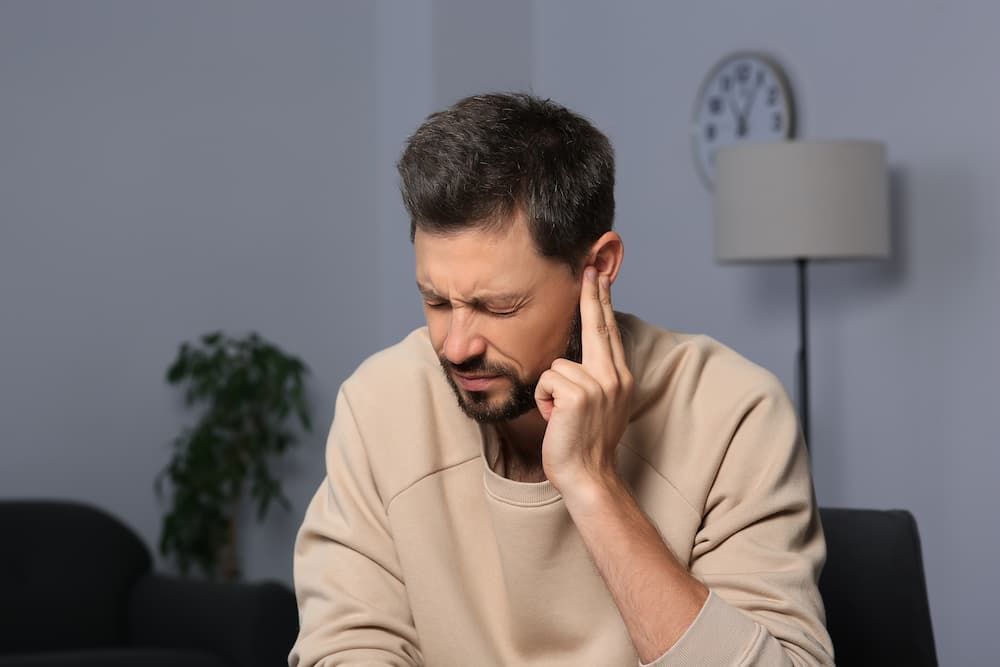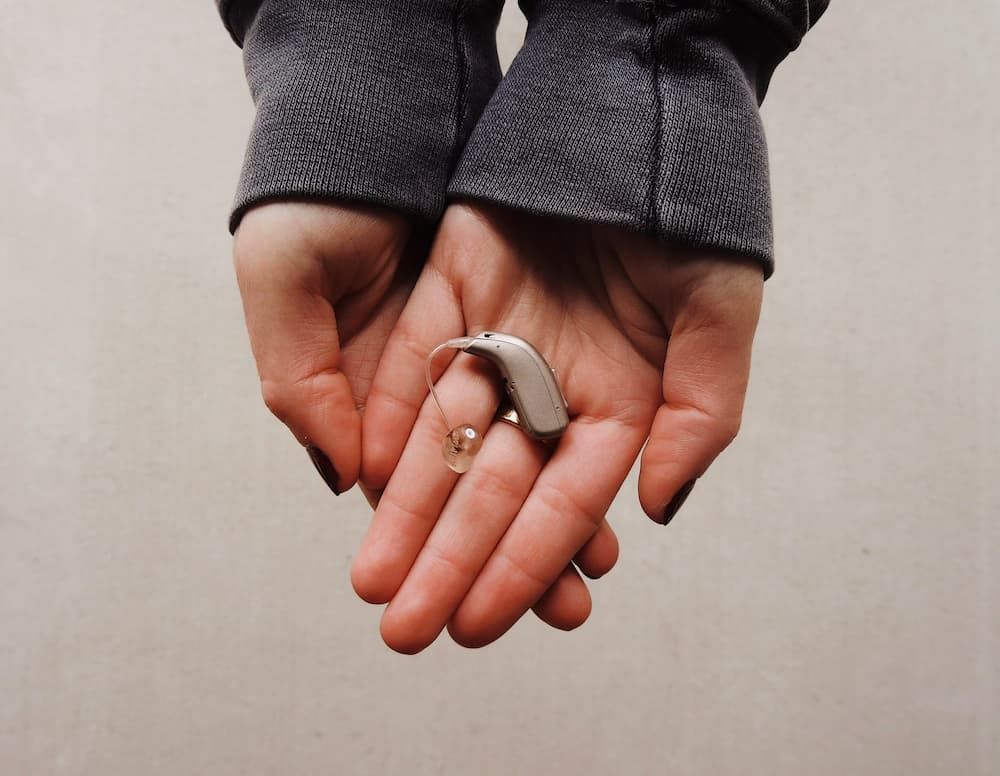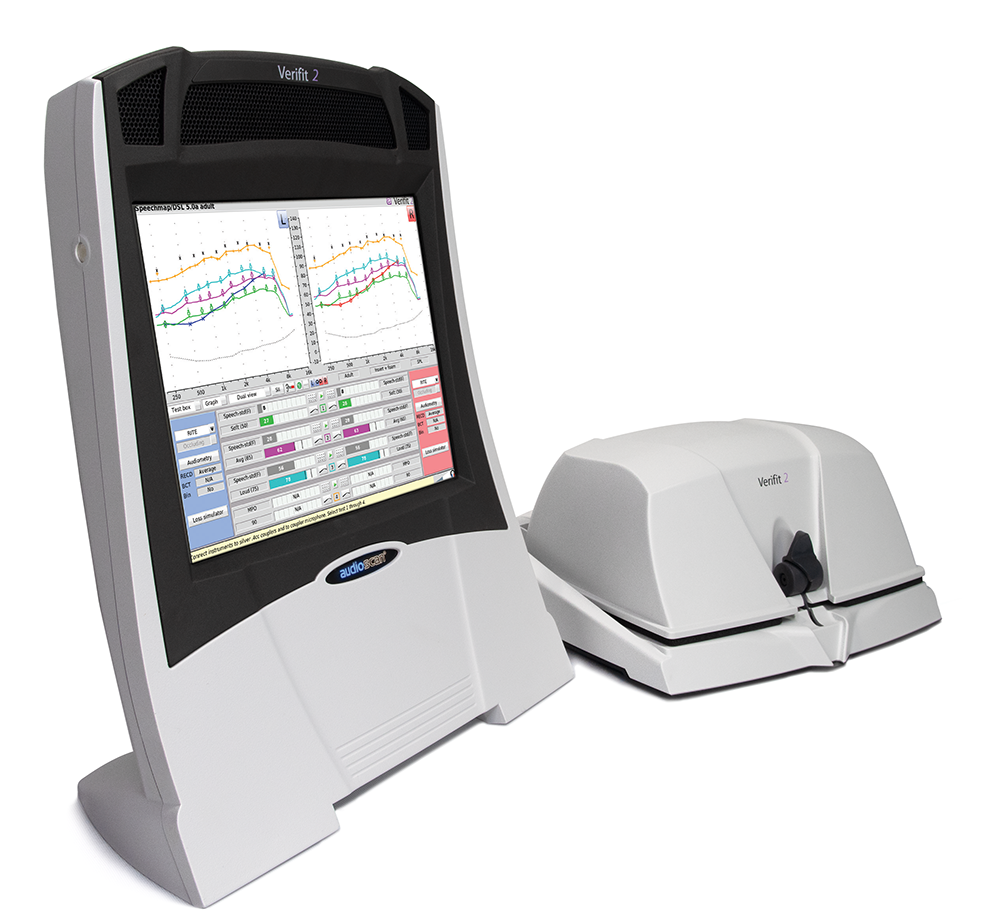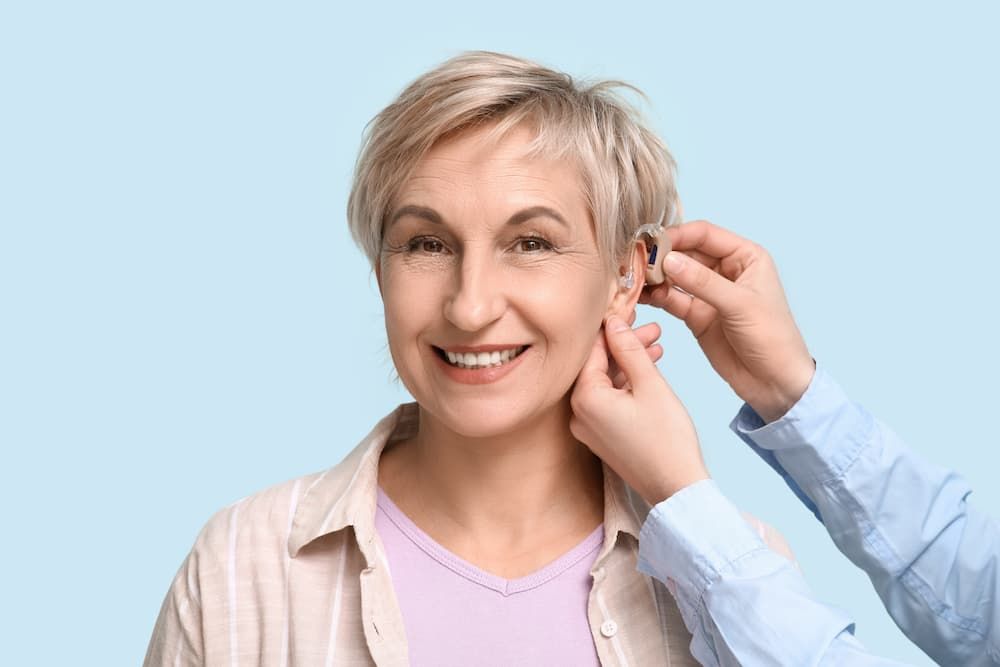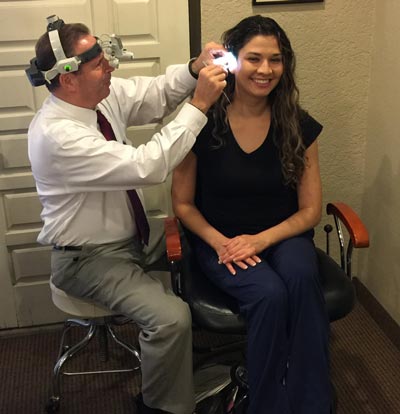In-Ear Monitors (IEMs)

In-Ear Monitors (IEMs)
 As a musician, to create music, you fight noise!
As a musician, to create music, you fight noise!
During a live performance, you are surrounded by a myriad of sounds in various frequencies like the PA system, the amplifiers, sound from different instruments and of course the crowd singing along with you. The challenge is to be able to listen to your own instrument or voice in the midst of the cacophony
Wedge speakers vs IEMs

For a long time, the traditional wedge-shaped speakers on stage, have been used. These speakers substantially increase the volume of one sound, so that you can hear it above all the competing noises. This just makes things worse and the musicians are exposed to unsafe sound levels.
During the 1980s, IEM's were introduced to address this issue.
IEM removes the need for floor monitors from the stage and significantly reduce onstage volume levels. With an in-ear personal monitor system, you can choose which sound you would like to hear, and the quality of the sound will be good. This would essentially mean that you get a studio-quality sound during a live performance.
In-ear monitors would help you preserve your voice if you are a singer because if you cannot hear your own voice, you strain the vocal cords and distorting the voice. In ear monitors for singers can "save your voice" if your singing voice tends to fatigue.
With wedges, you get intense feedback on stage as the amplified sound from a loudspeaker is picked up by a microphone and re-amplified. There is no feedback when you use IEMs and so enhances the experience.
One of the major advantages of IEMs is its small size compared to the wedges. They are portable and very easy to use. You can easily move on stage without having to worry about not hearing the sound properly. IEMs also empower you to have personal control of which sound you would like to hear. You can even choose to listen to one instrument in one ear and another in the other.
IEMs, therefore, help a musician to get a precise and controlled sound when performing. It dramatically buffers unwanted external noise such as drums and electric guitars. Also, it allows stereo sound similar to our natural listening environment. As a result, the sound you will hear will be clear, clean and of high performance. In ear monitors for drummers improve your technique, since you're able to hear everyone while you play at the volume level that's most appropriate for the song - not quietly enough so you can hear the band.
IEM systems include a transmitter, which transmits the monitor mix to a receiver. This receiver is connected to your earpiece.
IEMs prevent hearing loss
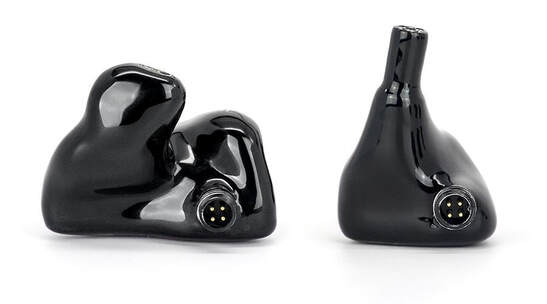 Besides improving the quality of the sound consistently, IEMs help with improved pitch perception and improved timing. It reduces feedback, vocal fatigue, portability, and sound levels. The audience, in turn, gets a good sound quality.
Besides improving the quality of the sound consistently, IEMs help with improved pitch perception and improved timing. It reduces feedback, vocal fatigue, portability, and sound levels. The audience, in turn, gets a good sound quality.
Most importantly, it prevents hearing loss as there is reduced exposure to loud noise.
The earpiece is vital. Often, they are custom molded to make it comfortable to wear and allow the sound to be sent directly into the inner ear. The customization provides a better seal and reduces noise almost by 25 to 34 dB. This means that loud onstage instruments, such as drum kits or guitar stacks, are less likely to cause hearing damage for onstage musicians.
Custom fit in ear monitors are tailor made - not only to your individual ear canal, but also depending on your requirements. The dynamic ones are used if you are a bassist or a drummer for example, for improved bass response. The other type, the balanced armature speakers delivers a more detailed sound that improves the treble performance, have a faster response and provide a flatter frequency response. Isolating the ear with silicone helps but this makes the performer feel detached from others. However, it protects the ears.
To prevent the sense of isolation, certain IEM systems embed a microphone in it, so that you can hear the music and crowd reaction in low volume.
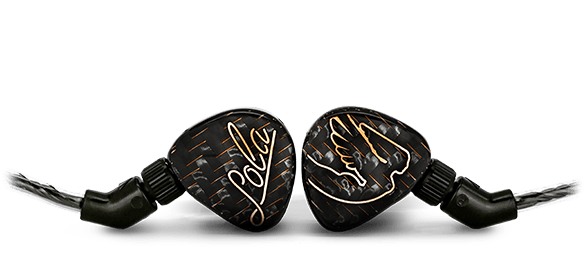
We are experts in IEMs
If you are a musician, visit our audiology clinic, Tinnitus & Hearing Center of Arizona , for a hearing check and to learn about IEMs. As experts, we help you at every "stage."
- Getting started is easy and it is not expensive.
- It is crucial to select the earpiece carefully as the sound quality depends on it.
- We offer customized IEMs to ensure maximum sound isolation and comfort. Existing ones can be customized as well to improve user satisfaction.
- Impressions for your ears are taken and customized IEM of the specific model you choose are delivered in a few weeks. We recommend IEMs from JH Audio and Sensaphonics, due to their high isolation levels, sound and balance.
- We help you to learn how to use it properly, set the volume level, how to isolate using peak limiters or compressors. Body packs such as the Shure P9RA include a peak limiter. This helps to protect your ears from loud bursts of sound.
- If you want to upgrade your IEM technology, we help you and all your band members have a smooth transition from your current to the more advanced version.
|
Ear molds prepared for The Phoenix Symphony
|
Dr. Rohe fitting a singer for in ear monitors
|
Local Phoenix band outfits their members with In-Ear Monitors
|
Curious about how In-Ear Monitors could help your performance? We've fit hundreds of musicians for IEM's, including The Phoenix Symphony, members of Pink, Jimmy Eat World, Gin Blossoms, Night Ranger, and many more - from worship groups to rock bands to DJ's to Recording Engineers.
Call us at (480) 831-6159 to schedule a consultation and viewing of the IEM's we represent, fit, and service of the best brands on the market. Don't trust your ears to retail stores - get proper ear canal fitting by an Audiologist clinic in Scottsdale that knows musicians' needs so much that we're known as "The Musician's Clinic!"
The information provided in this article is not meant to be medical advice and is for educational purposes only. If you would like to learn more about this and other hearing-related topics, feel free to contact Tinnitus & Hearing Center of Arizona by clicking here or by calling 480-831-6159.
